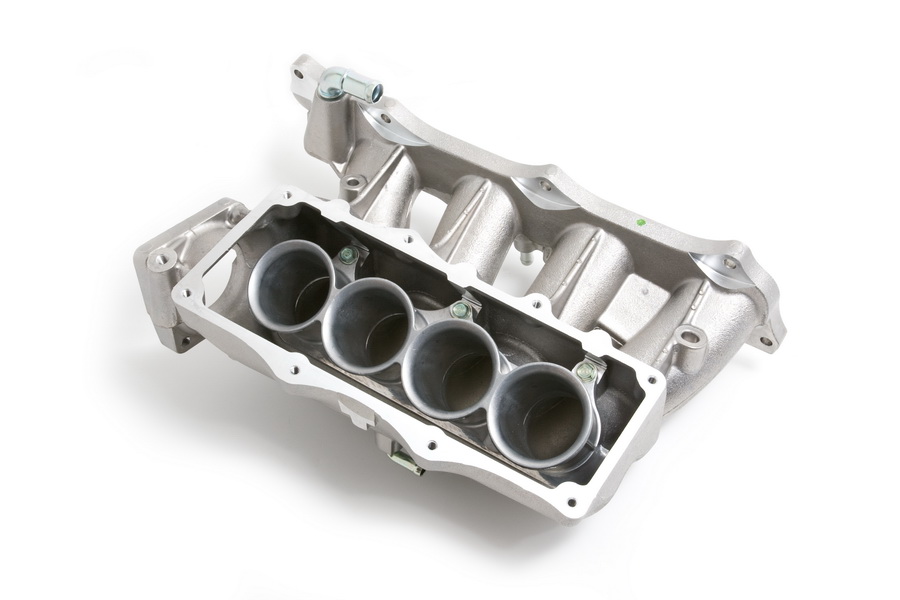While last-mile reverse logistics may not seem like a big deal, it can actually have a significant impact on a company’s profit maximization and reputation building. For example, if a company is regularly sending out defective products, they are likely to incur high shipping and handling costs. In addition, they may also lose customers due to poor customer service.
On the other hand, if a company has a well-oiled last-mile reverse logistics system in place, it can ensure a reputable place among its consumer base and can prevent the loss of resources that would get wasted in damage prevention.
In this blog, we will explore what last-mile reverse logistics is all about, the ways to ace last-mile reverse logistics, and how the hub and spoke model in logistics helps in last-mile reverse logistics.
What is last-mile reverse logistics?
Last-mile reverse logistics is the process of returning goods from the customer back to the retailer or manufacturer. This can be done for a variety of reasons, such as when the product is defective, the changes in customers’ preferences about the purchase, or prolonged delays in deliveries.
Last-mile reverse logistics can be a complex and costly process, as it often requires highly skilled professionals and staff to facilitate the entire process.
6 Ways to Ace Last-mile Reverse Logistics
- Adding a return stop to a planned delivery route
This is because it enables the driver to make multiple stops at different locations without having to backtrack, which can save time and fuel expenses. In addition, it can also help to improve customer satisfaction by reducing the time consumed in deliveries.
- Monitoring failed delivery attempts
Data can be used to optimize routes, update addresses, and ensure that deliveries are made in a timely manner. Additionally, this information can be used to improve the overall customer experience.
- Data insights:
Firstly, data can be used to identify the fault lines where improvements can be made. For example, if there is a high rate of returns for a particular product, this could indicate that there is a problem with the quality of the product or the way it is being manufactured.
By understanding where the issues are, companies can take steps to address them. Secondly, data can also be used to track the progress of last-mile reverse logistics operations. This information can then be used to identify bottlenecks and make changes to improve efficiency.
- Optimizing vehicle capacity usage:
Optimizing vehicle capacity usage can help your business ace last-mile reverse logistics. Here are four ways how:
- Reduce the number of vehicles on the road. This can be accomplished by utilizing smaller vehicles, consolidating shipments, and maximizing load efficiency.
- Improve routing and scheduling. This can help you avoid traffic congestion and optimize vehicle utilization.
- Increase visibility into the reverse logistics network. This can be accomplished by tracking shipments, managing inventory, and understanding customer needs.
- Implement technology solutions. This can help you automate processes, improve communication, and make better decisions.
By following these tips, you can optimize your vehicle capacity usage and improve your last-mile reverse logistics.
- Investing in automation and digitization:
According to a recent study, investing in the automation and digitization of last-mile reverse logistics can help companies improve their operational efficiency and reduce costs. In particular, automating the process of receiving and managing returns can help companies save time and money.
Hub and Spoke Model in Logistics
A hub and spoke model can be very effective in facilitating last-mile reverse logistics. NimbusPost is one of the most reliable logistics partners that use this model for maximizing business growth and reducing RTOs. It provides domestic and international shipping, warehouse, and fulfillment services in about 196+ countries, and in India, it covers about 29,000+ pin codes via seamless integration with multiple courier partners.
Their dashboard includes useful features such as automated non-delivery reports, live shipment tracking, order booking, post-purchase shipping alerts, and performance tracking. They also offer a fraud detection tool that uses AI and ML to prevent fraudulent orders, further enhancing customer experience.
Conclusion
There are a few things to keep in mind when implementing a last-mile reverse shipping system. First, it is important to have a clear understanding of your customer’s needs and expectations. Second, you need to have a plan in place for how you will handle returns. And finally, you need to be sure to track and monitor your last-mile reverse shipping process so that you can continually improve it.









